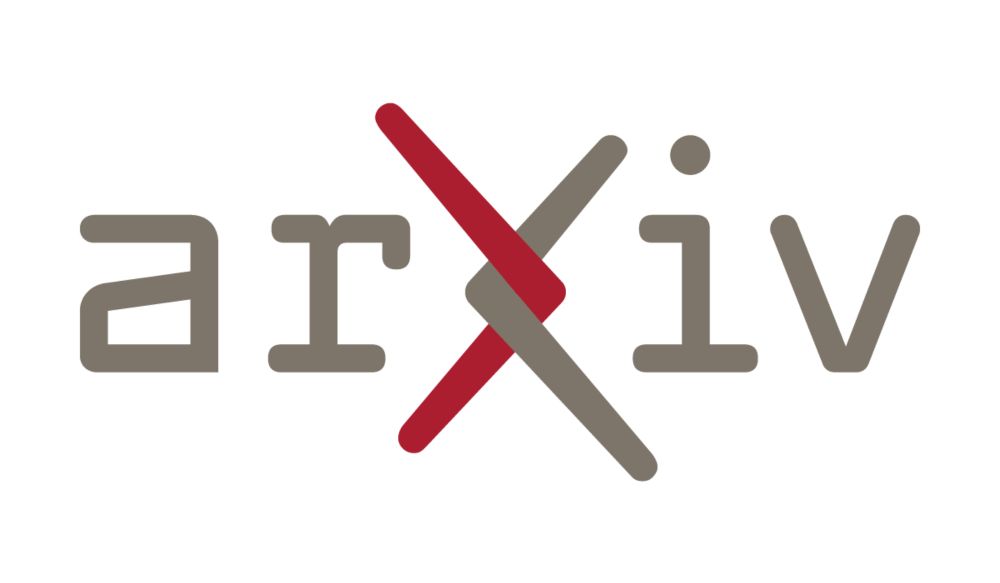

It was super nice and productive - we found a couple of nice platonic ideas concerning hyperbolic tilings and spin models.
As you can see, I was also very busy pensively staring at Platonic solids at the Hungarian National Museum.

It was super nice and productive - we found a couple of nice platonic ideas concerning hyperbolic tilings and spin models.
scirate.com/arxiv/2506.2...
scirate.com/arxiv/2506.2...

Last day's PDFs should be gradually coming back online, apologies for the delay.
@arxiv-quant-ph.bsky.social
Last day's PDFs should be gradually coming back online, apologies for the delay.
@arxiv-quant-ph.bsky.social
@arxiv-quant-ph.bsky.social
(Btw, it's so efficient that it broke scirate: this and all papers after ours are missing from scirate.)
Depending on your mood... the algorithm can be viewed either as naturally suited to compete with, or collaboratively enhance, quantum hardware simulations.

(Btw, it's so efficient that it broke scirate: this and all papers after ours are missing from scirate.)


It was really fun to work and discuss with Charles ChunJun Cao, Wissam Chemissany and Alexander Jahn!
www.nature.com/articles/s41...

It was really fun to work and discuss with Charles ChunJun Cao, Wissam Chemissany and Alexander Jahn!
www.nature.com/articles/s41...

arxiv.org/abs/2501.05694

arxiv.org/abs/2501.05694


